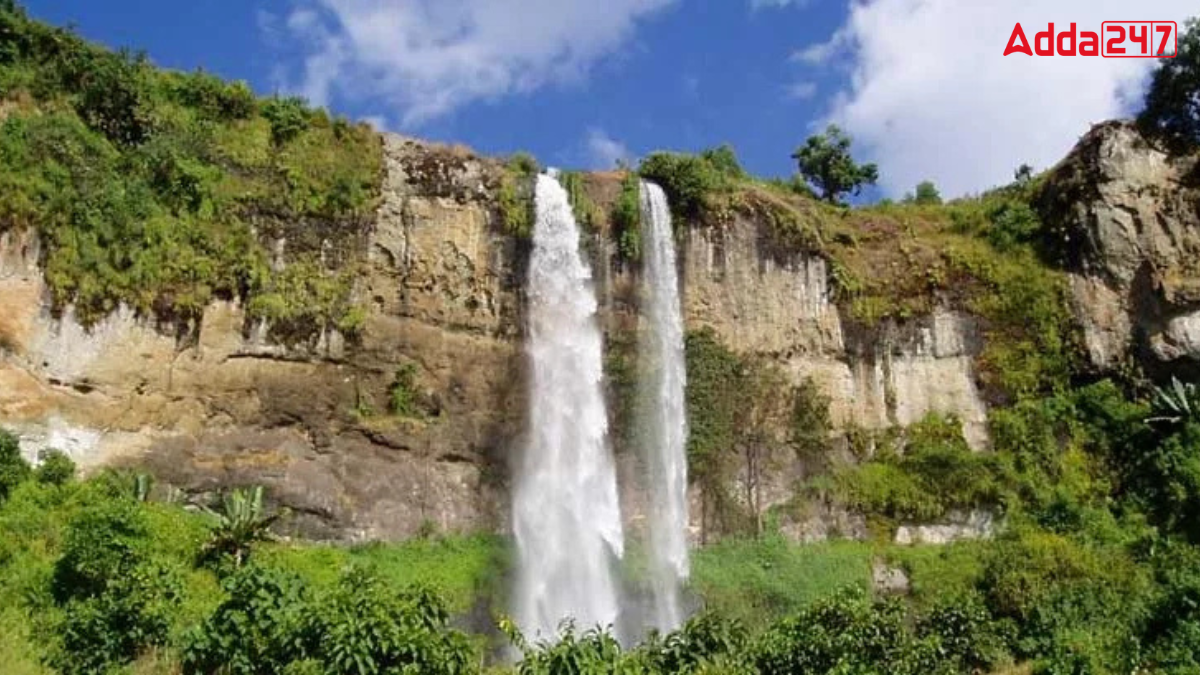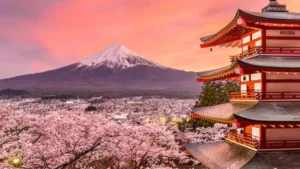Mount Elgon National Park is a beautiful and peaceful place known for its tall mountains, rich forests and amazing wildlife. It is home to many animals, birds and plants. Visitors can enjoy hiking, camping and exploring caves and waterfalls. The park is located in East Africa and is shared by two neighboring countries, making it a special and unique destination.
The Heart of the Park
Mount Elgon is the main attraction of the park. It is an extinct shield volcano, meaning it does not erupt anymore. The park is named after this mountain and is split between two countries – Uganda and Kenya.
Location and Rivers of Mount Elgon National Park
The park lies on the Kenyan-Ugandan border. It is very important for water. It helps provide water to two big rivers – the Nzoia River, which flows to Lake Victoria and the Turkwel River (called Suam River in Uganda), which goes to Lake Turkana.
Weather and Climate of Mount Elgon National Park
The climate in the park is moist to moderately dry. It receives more than 1,270 mm of rain every year. The dry seasons are from June to August and from December to March, but it can rain at any time during the year.
Mount Elgon National Park – Plants and Forests
The park has many kinds of plants. As you go higher up the mountain, the plants change. The lower slopes have montane forests with trees like Elgon olive and African juniper. Higher up, there are bamboo forests, heather, giant lobelias and unique grasses. The moorland area is full of rare herbs and flowering plants. Over 400 species of plants are found in the park.
Animals in the Mount Elgon National Park
Elephants and buffaloes are commonly seen on the lower slopes. There are also small antelopes and monkeys like the blue monkey, red-tailed monkey and the black-and-white colobus monkey. Predators like leopards and hyenas also live here.
The park is home to more than 140 types of birds. Some special birds include Jackson’s spurfowl, Hartlaub’s turaco, Tacazze sunbird and the rare lammergeier vulture.
A rare dragonfly named Maathai’s longleg was discovered here in 2005. This park also has about half of all butterfly species found in Uganda.
History and Protection
In earlier times, local people managed the land using traditional rules. Later, during British rule, the Uganda side of the mountain was made a forest reserve in 1929. It became a national park in 1994. In Kenya, the park was officially made in 1968. In some parts of Uganda, local people were allowed to settle inside the forest, but later efforts were made to protect the land again.



 Which Country is Known as the Land of Ch...
Which Country is Known as the Land of Ch...
 Which Bird is known as the King of Birds...
Which Bird is known as the King of Birds...
 Which City of Austria is Known as the Ci...
Which City of Austria is Known as the Ci...







